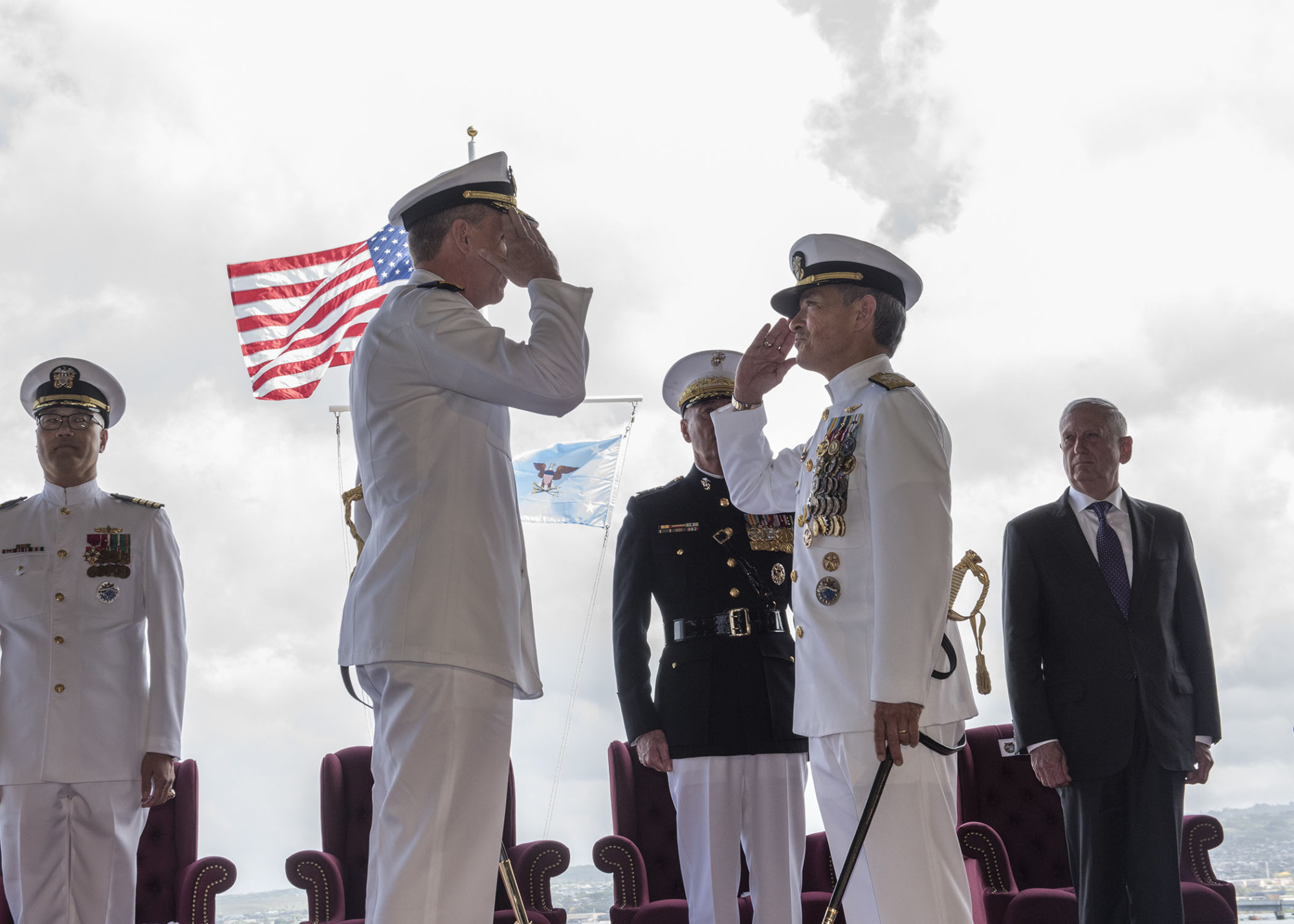I was finishing up this column in the middle of a symposium held in Tokyo this week. The event, titled "Democracies and Alliances in the Indo-Pacific," was co-organized by the Pacific Forum CSIS, Tama University's Center for Rule-Making Strategies and the U.S. Embassy in Tokyo. Unfortunately, I was one of the Session One speakers.
This means that I had to provide the audience with a Japanese perspective on the concept of the "Indo-Pacific" at the start of the conference. This jargon has been frequently used particularly since November 2017 when U.S. President Donald Trump referred to the "Indo-Pacific region" over and over again during his first tour to Asia.
How did the rest of the world view Trump's remarks? A BBC correspondent then reported that Indo-Pacific is something to "define America's new geopolitical view of Asia" but is only "a different way of labeling what we usually call Asia-Pacific, emphasizing the rise of India in the face of China's growing global" challenges.


















With your current subscription plan you can comment on stories. However, before writing your first comment, please create a display name in the Profile section of your subscriber account page.